
The founder and owner of Ahrex Hoooks, Morten Valeur, loves to fish for perch – especially on the bigger lakes where he has spent countless hours refining his flies, strategies, and techniques. In the following, Morten will present you with a fly tying tutorial for his most recent super fly, the Flash Tail Beast, and tips on how to fish it.
By Peter Lyngby
(this artickle has been published in the danish magazine “Sportsfiskeren” and the online magazine “In The Loop Magazine”)
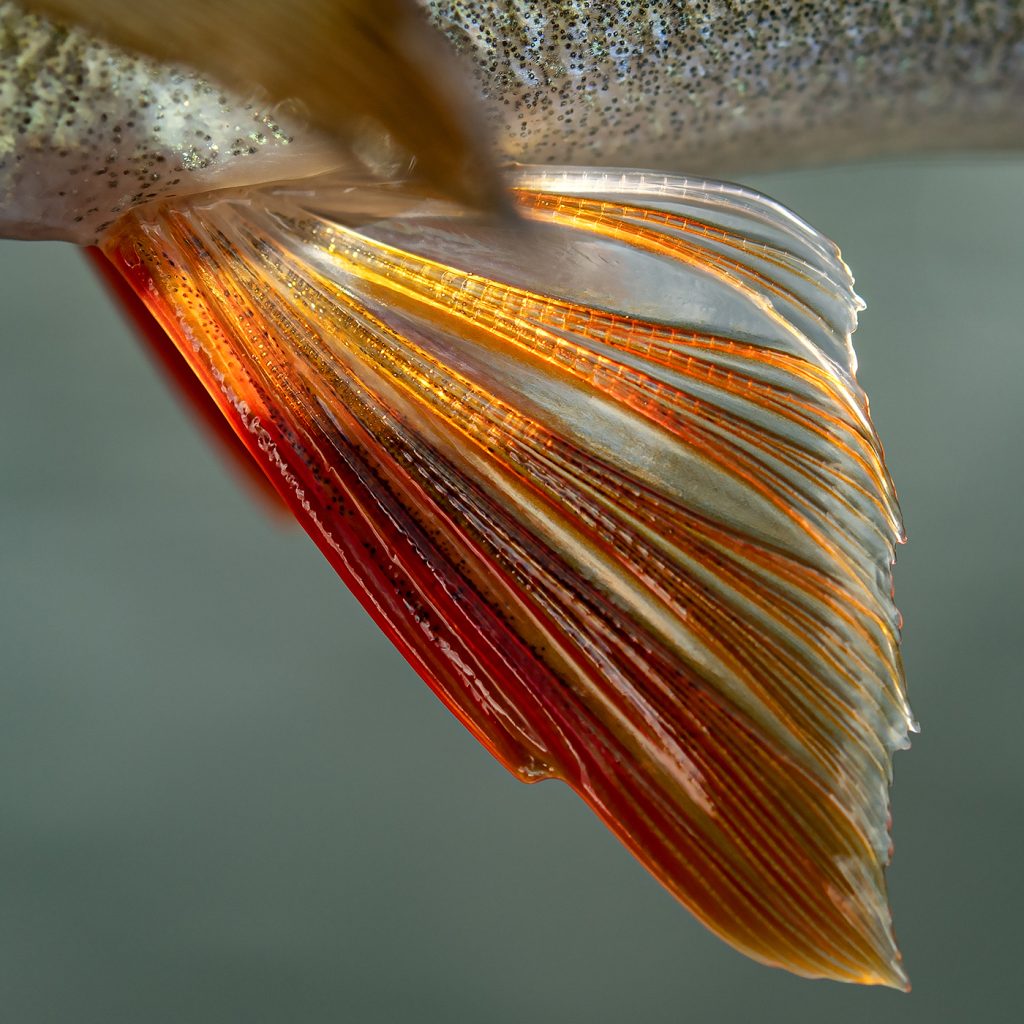
Most fishermen have, at one point or another, spent time fishing for perch. This moody predatory fish, which is distributed all across Europe, is a favourite among kids – and, for some, they turn into a lifelong obsession. Morten Valeur has spent more than thirty years fly fishing for perch. Along the way, he has developed specialized strategies and flies, and he targets perch on the surface in shallow water, and at the deep end with sinking lines. In the following, Morten explains a little bit about how he ties and fishes his favourite perch fly, the Flash Tail Beast, which is specifically designed for fishing with sinking lines.
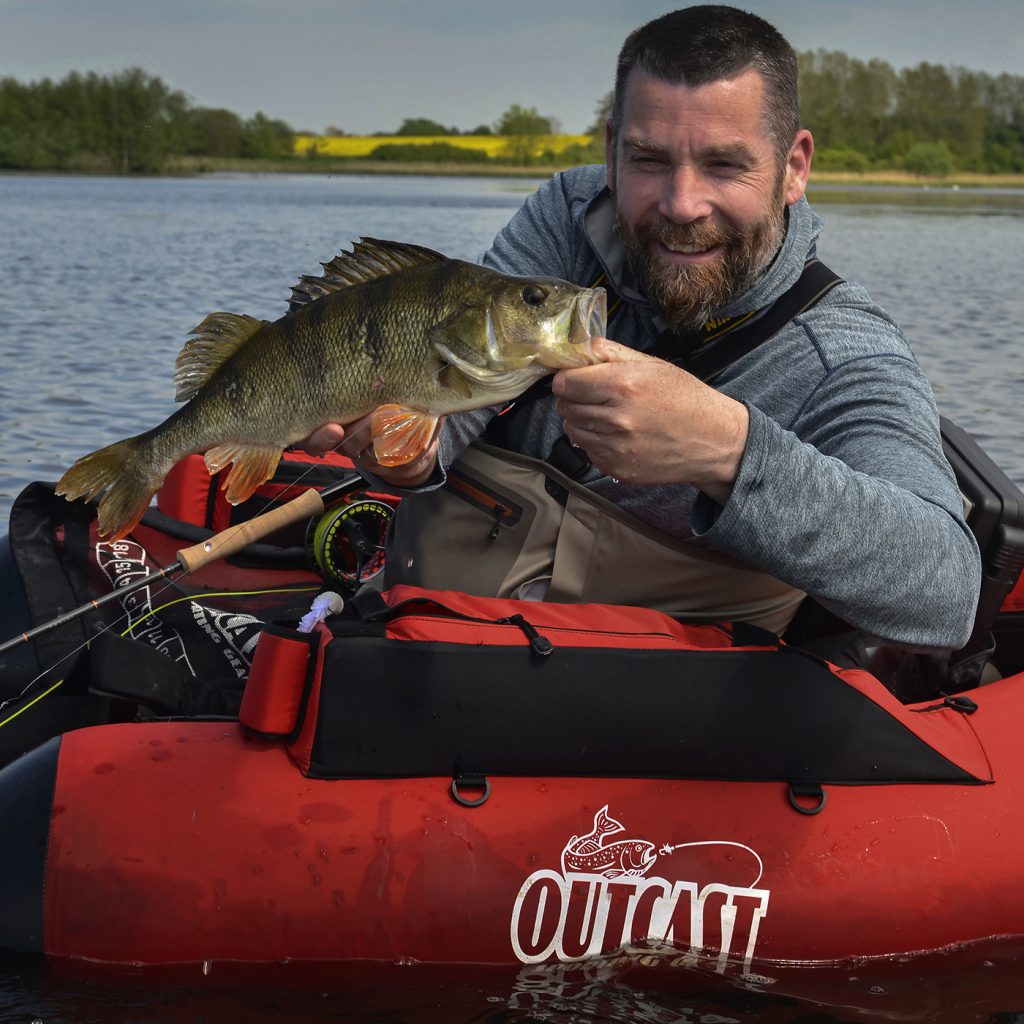
In the beginning, it might seem a little bit daunting to venture out onto a big lake with your fly rod. It isn’t precisely dangerous to be out there, but the lake might strike you as an enormous place, when you’re sitting in a small boat or float tube casting a fly rod with limited scope and reach. However, keep in mind that this was the same feeling that a lot of seatrout fishermen were overwhelmed with, before fly fishing for seatrout had been fully developed and perfected, says Morten Valeur. He no longer feels like he’s in over his head like he did more than 30 years ago, when he started fly fishing for perch.
I discovered fly fishing for perch rather coincidentally during a handful of trips to Swedish Lapland in the middle of the 1980s, and from then on, I starter targeting perch in my homewaters. The great advantage with perch is its availability. And even though really good perch fisheries with actual trophy fish are relatively far in between, there is always perch fishing available. I personally fish a lot on Fussing Lake and Glenstrup Lake, which are the closest lakes with good perch fishing where I live in Denmark, Morten explains. Morten Valeur is honest about the fact that spin fishing is usually a much more effective technique when fishing big bodies of water. But that doesn’t mean a fly fisherman can’t have his fair share of fun and success. It’s just a matter of finding the right approach.
First and foremost, remember that perch love sunny weather, and that they mainly hunt during high pressure weather conditions. Check the weather forecast regularly and focus on periods when the weather conditions are stable, and the atmospheric pressure isn’t dropping. Perch are very attuned to atmospheric pressure, and sometimes they’ll binge and hunt ferociously, when they sense that bad weather is approaching. It is as if they instinctively know that they have to fill their bellies while there’s still time.
When bad weather has finally arrived, the perch can be almost impossible to connect with, says Morten and continues: – When the fish aren’t actively feeding it becomes imperative to effectively locate them. I use a nautical chart, whenever I plan a trip on one of the local lakes. But the many electronic devises on the market today is the way to go if you want to pin-point the schools of perch. Perch follow the baitfish around. The baitfish follow the plankton movements, and the plankton move around according to the light conditions. Even though, at times, it is possible to find perch in the surface, it is my experience that it is most effective to look for them in the deep parts of the lakes. I usually target the drop offs, where I can fish the fly effectively down to about five to six meters of depth. Perch are known to school up, and – as a result, the best technique is to quickly cover water until you locate the fish. Once you’ve found them, simply stay put for a while. Usually, if there is one fish, there are more around.
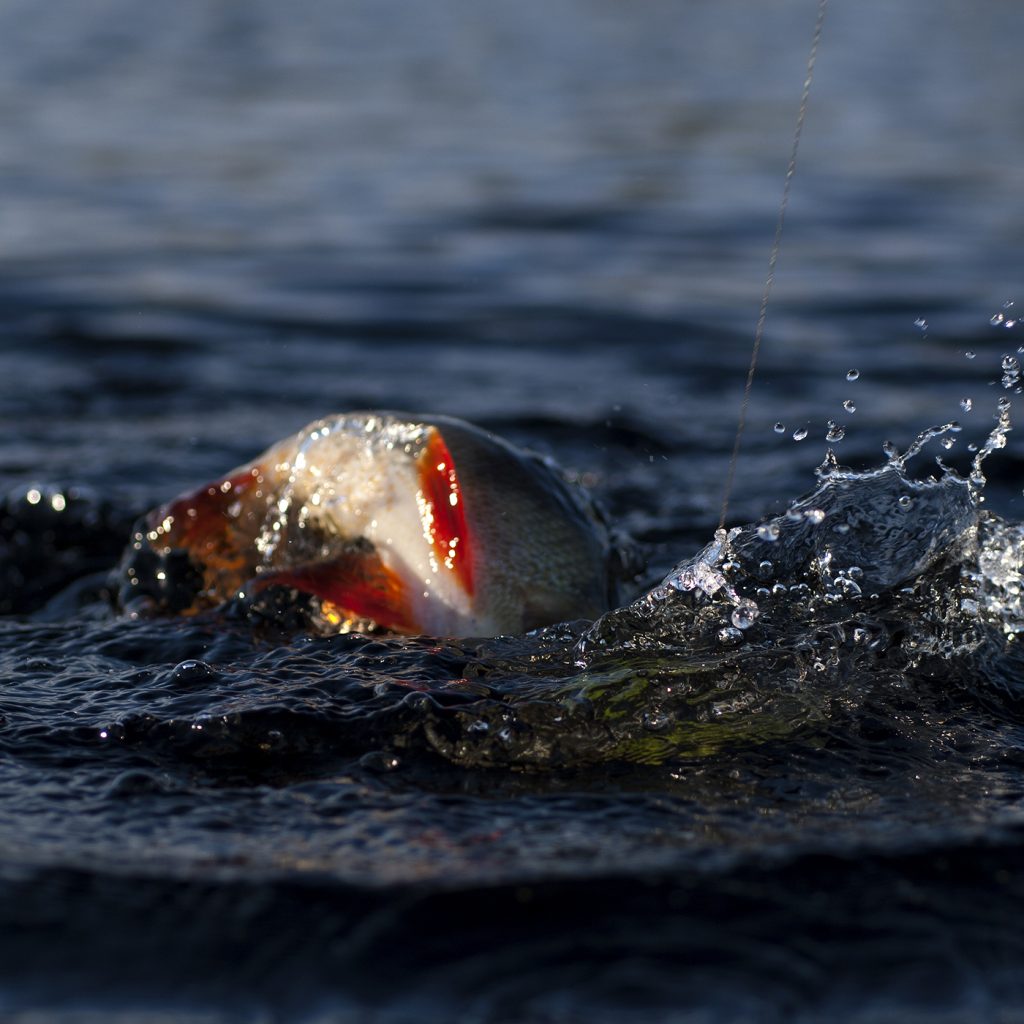
Flyfishing without fly casting
Throughout the years, Morten Valeur has refined his fishing strategy, and he now uses a special method when probing the drop offs. – If I’m fishing from a boat, I usually start off by trolling for a bit in the hopes of coming across a school of fish. If I’m in my float tube, I like to fish the drop offs in a relatively fast tempo.
I only cast the fly out once when I fish from my float tube. I then let it sink to the desired depth, and when I retrieve the fly, I stop once the shooting head appears in the water. I then paddle further down the drop off while constantly letting running line out. Once the full fly line has slipped through the guides, and the line has reached the right depth, I start retrieving again. This method is by far the most effective one, even though – at one point or another – you’ll start missing the sensation of casting your fly rod. That is, of course, if a perch doesn’t suddenly interrupt the monotony, grins Morten.
The idea stems from a pollack fishing trip in Norway. Here, it was crucial to fish deep down and to really keep the fly down there. When perch fishing, I use this effective technique aided by a sink-6 line, and I retrieve the fly quickly, before letting it sink again. My Flash Tail Beast Fly is designed with a plastic rattle that adds a bit of weight and balances the fly, but in order to really rattle, the fly needs speed. Perch are pretty energetic and eager when hunting, but, oftentimes, you risk losing their attention and interest, if the fly moves too slowly, says Morten.

Development and fly design
Morten Valeur has spent countless hours at the tying bench, and his current favourite fly for perch, the Flash Tail Beast, has been under development for quite some time. Morten acknowledges that perch are quite opportunistic and far from picky. But that doesn’t mean that one shouldn’t optimise one’s perch flies and look into strike-enhancing features. In deep water, I basically just fish with two different flies, and they’re both variants of the Flash Tail Beast. One of them is silver and chartreuse, the other one is a purely-chartreuse version that I mainly use when it’s a bit cloudy – or when I’m fishing at dusk. Flash Tail Beast is basically a fusion between my flash-spun pike flies and my other marabou-based perch fly, Krapyl De Luxe. I have then added a few modern elements such as the aforementioned rattle and a so-called spreader, which gives the fly a bit more volume and pulsation than previous patterns. I have been heavily inspired by the ingenious American fly tyer, Gunnar Brammer, whose exemplary fly designs I would recommend anyone to check out. Perch aren’t picky, and they certainly don’t shy away when they see a big prey item. This means that the flies used for perch can have quite a bit of volume. – It’s my impression that many fly fishermen choose relatively small flies, when they’re fly fishing for perch.
My recommendation, however, would be to never use flies smaller than 10 centimeters in length. If you’re looking for some of the fully grown perch out there, I would actually suggest that you use flies between 12 and 17 centimeters in length. The pattern used should be sturdy and easy to cast. Even though I fish my flies deep down, I never use weed guards on my perch flies. I suspect that weed guards, sometimes, result in lower hook-up rates. There are plenty other features and details in my Flash Tail Beast, though. And I’m sure you could simplify it even further and still catch good numbers of fish on it, says Morten with a big smile behind the fly tying vise.

Tackle for perch
Handling flies the size of the Flash Tail Beast demands fairly stout fly fishing gear, and Morten has some important recommendations when it comes to the ideal perch fishing equipment. Especially when taking into account that weighty by-catches catches are often a part of the game.
Nowadays, I mainly use a 6-weight when fly fishing for perch. This is partly due to the large flies that I use, but also because it’s not unusual to hook decent sized pike during perch fishing. As a matter of fact, I have caught some of my biggest pike while targeting perch. Once, I hooked an 11-kilo pike on a 5-weight rod. I managed to land the fish, but it wasn’t a good experience for either of us. – My fly line is a traditional full-sinking Sink-6 Sonar fly line from Scientific Anglers. It’s my impression that the sinking running line aids dramatically in keeping the fly down. For the same reason, I use relatively short leaders and tippets – oftentimes less than a meter of fluorocarbon and a short piece of knotable shock tippet onto which the fly can be tied in a loop. The otherwise popular titanium traces are too stiff for me – especially for a lively and pulsating fly like the Flash Tail Beast. But a wire trace of some sort is important no matter what, considering the rather frequent by-catches, says Morten and secures another fly hook in the vise.
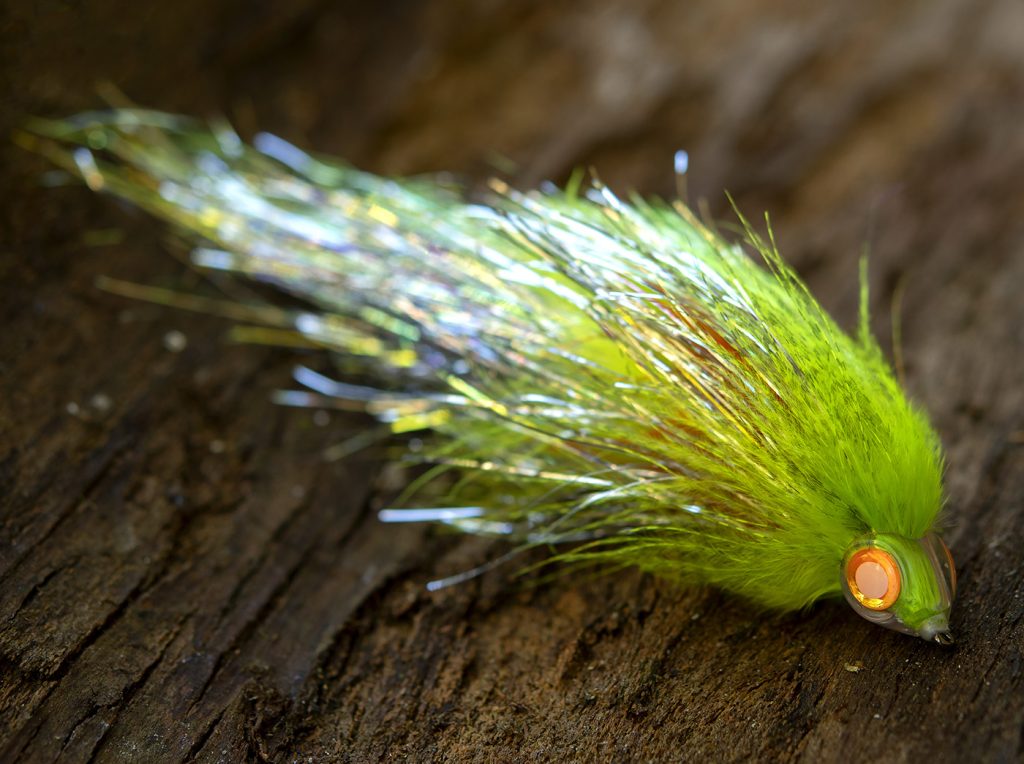
The Flash Tail Beast
Hook: Ahrex PR350 # 2/0 – 4/0
Tying Thread: White
Tail: Flash – Silver Mix (Silver, holographic silver and pearl flash). Then Hedron Flashabou, Holographic Chartreuse and Grizzly Barred Flashabou, Chartreuse
Body: Hedron Flashabou, Holographic Chartreuse and Grizzly Barred Flashabou, Chartreuse
Hackle: Flash – Silver Mix (Silver, holographic and pearl flash) spun in a loop. Then Blood Quill Marabou hackle, Chartreuse
Rattle Chamber: Plastic Rattle, Small
Spreader: 1/4’’ Blane Chocklett Body Tubing, clear
Gills: Fire Orange marabou wrapped like a hackle, behind the spreader
Hackle: In front of the spreader – Flash – Silver Mix (Silver, holographic silver and pearl flash) spun in a dubbing loop / Select black barred Marabou, Chartreuse
Head: Fish Mask, # 8,5 mm
Eyes: Deer Creek Gator Eyes, red
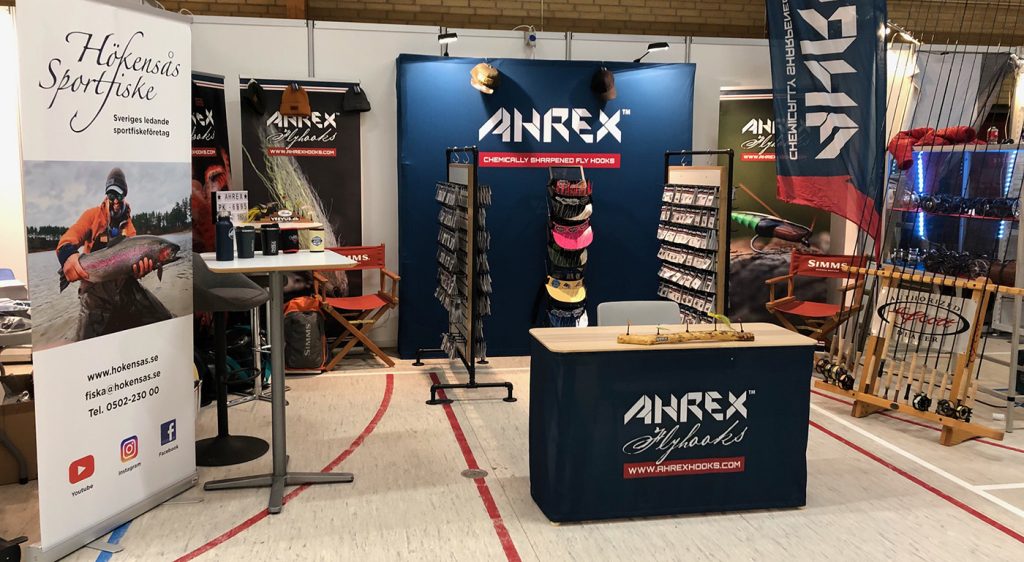
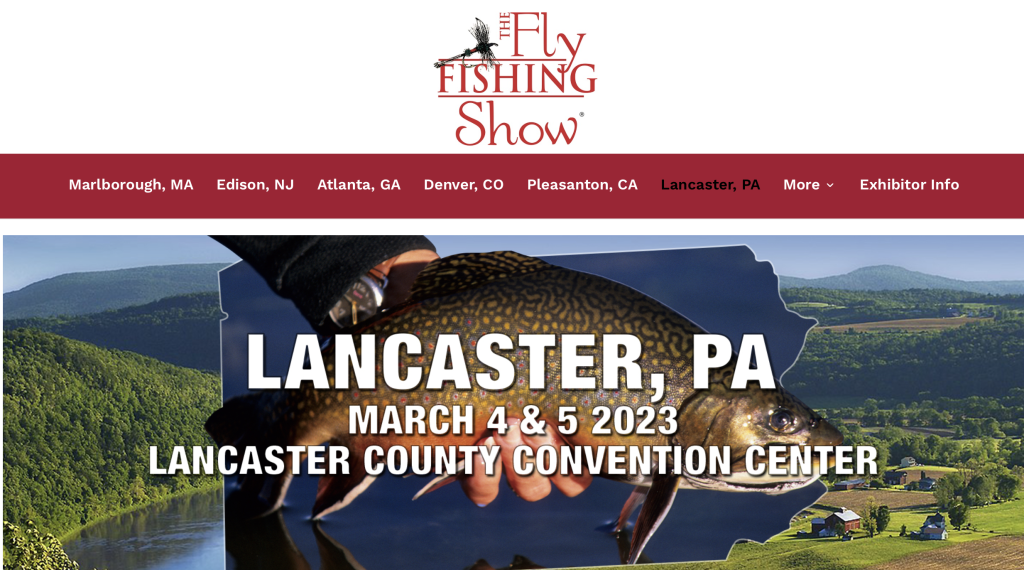
As mentioned in last weeks blog we are on “tour” this weekend. Morten and Steve will attend the big “The Fly Fishing Show” in Lancaster, PA – drop by and have a chat with the two gentlemen who will be visited by among others, Bob Clouser who will tie up his iconic Clousers Minnow. On the other side of “The Pond” in Denmark Håkan, Martin and Søren will be at the “Danish Fly Festival” together with Marcus and Morten from Hökensås Sportsfiske.

So if you are near one of the shows – please drop by, say hi and lets talk fish, flies and offcourse hooks.
